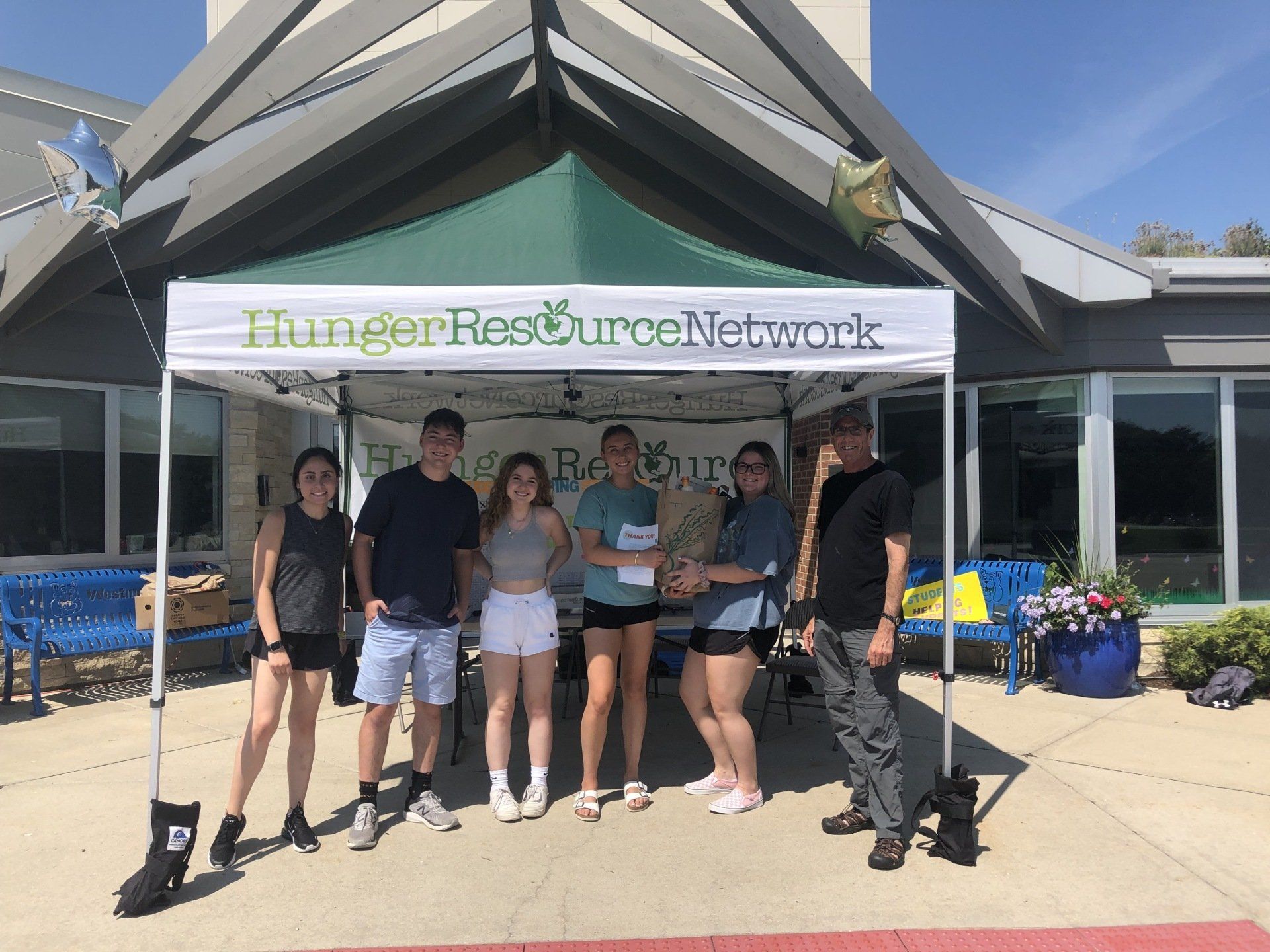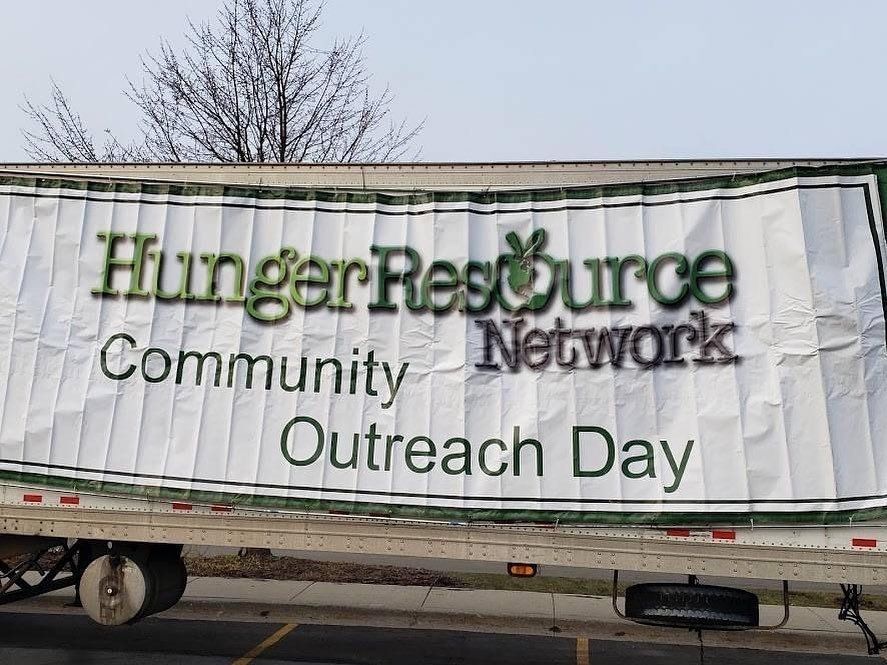Hunger Resource Network News
HOME | NEWS
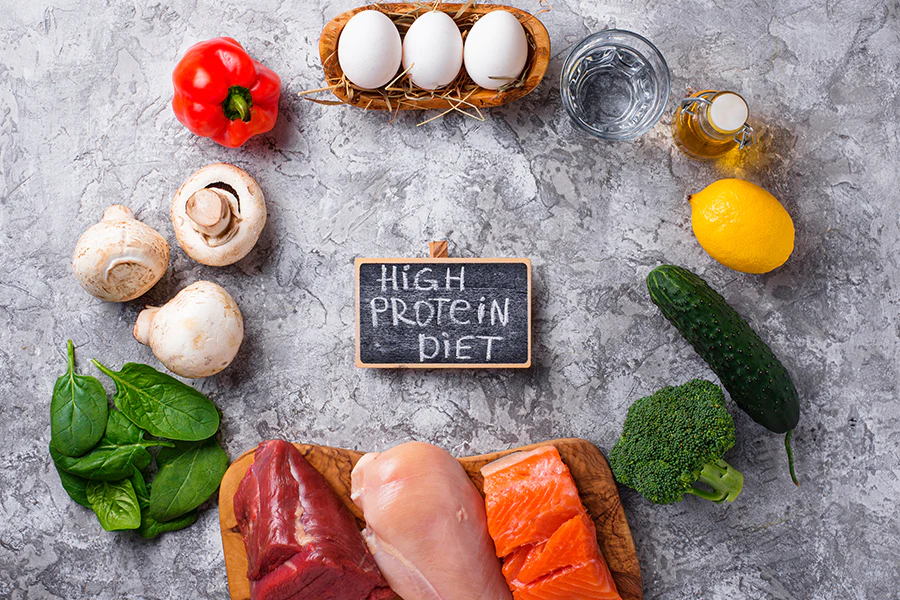
By Marcy Kirshenbaum
•
October 22, 2023
By addressing food insecurity and promoting adequate protein intake, we can improve the overall health and well-being of individuals and communities. This requires collaborative efforts from governments, non-governmental organizations, community-based initiatives, and individuals to create sustainable solutions and break the cycle of food insecurity. Efforts should focus on improving access to nutritious food, promoting sustainable agriculture, fostering economic opportunities, and empowering vulnerable populations. Food insecurity has profound consequences on physical health, cognitive development, and overall well-being. When individuals or households experience food insecurity, they often struggle to access an adequate and diverse range of nutritious foods, including those rich in protein. Inadequate protein intake contributes to malnutrition and its associated health consequences. Protein is essential for growth , development, and maintenance of the body's tissues, as well as for numerous physiological processes. It plays a crucial role in building and repairing muscles, producing enzymes and hormones, supporting immune function, and maintaining healthy hair, skin, and nails. Protein intake has an additional benefit of reducing feelings of hunger because it metabolizes at a slower rate than carbohydrates thereby promoting fullness. Insufficient protein intake can lead to muscle wasting, increased illness, delayed wound healing, and decreased overall health and well-being.

By Henry Fetta
•
July 12, 2021
Hunger exists in every community in America and Northbrook is no exception. There are almost 400 students in the Northbrook public schools who are on the free or reduced lunch program and are food insecure. Hunger Free Northbrook, a program of Hunger Resource Network (a Northbrook-based non-profit organization), is currently serving 160 of the 400 students across the twelve public elementary and middle schools in Northbrook. Local college and high school students have decided to help these 160 students in a special way this summer. You can help by bringing a Fun Bag to the event on Sunday, July 25th between 10am and 2pm. Samantha Mallahan, a junior pre-med student at Vanderbilt University and Erin Nibeck, who will be a freshman architecture student at the University of Illinois in Champaign are leading a team to help their neighbors in need.

By Marcy Kirshenbaum
•
March 16, 2021
Thirty to forty percent of the food in the United States goes to waste according to the USDA’s Economic Research Service. In fact, food is the largest class of waste that ends up in American landfills. You can help reduce this waste by freezing food to avoid spoilage. Frozen foods can be used for future full meals, side dishes or snacks. Meats are one of the most common foods frozen, however, freezing is also a great option for many other types of food: 1. Fresh Herbs Whether you grow herbs in your garden or buy them at a farmers market or grocery store, they spoil quickly. To avoid waste, remove the leaves and freeze them in a container. Another option is to chop and mix them with olive oil and freeze them in an ice cube tray. Once frozen, pop them out and store them in a container. They can be easily added to enhance sauces, meats or pasta.
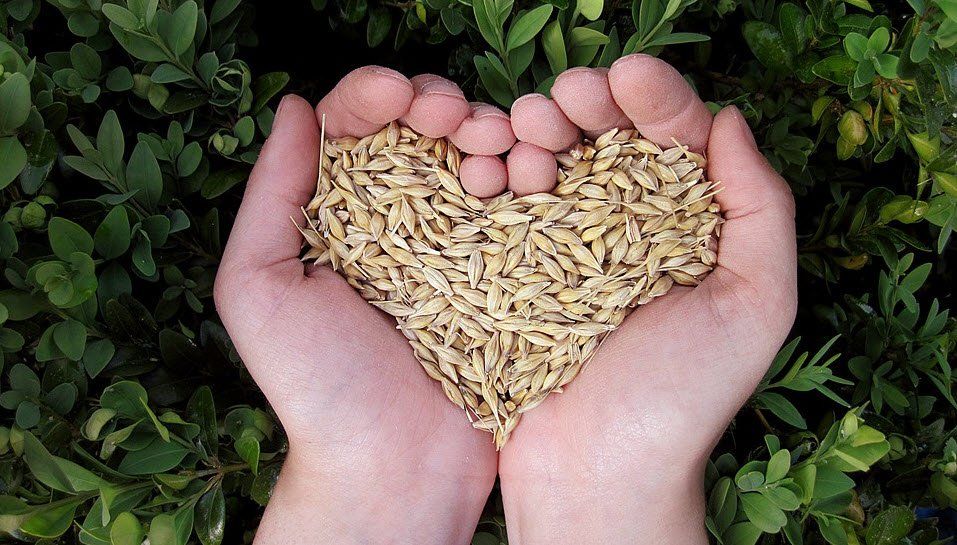
By Henry Fetta
•
March 2, 2021
Regardless of your political, social or religious beliefs one thing that all Americans can agree upon is that no one in our country should go hungry. Today an estimated 22 million Americans are food insecure and that includes 20 to 25% of our children. Proper nutrition for children is a key to their health and development. A child’s physical, emotional, social and brain development can suffer when they are malnourished. Food insecurity can significantly impact their education and career readiness and lead to a spiral of generational poverty. Save the Children reports that in the lowest socio-economic areas in the U.S. as many as 40% of the children are food insecure. They go on to report that 30 million children are dependent on at least some of their meals from a school meals program. However, with the loss of family income related to the pandemic and extended school closures, food insecurity has become an even greater issue as the pandemic continues on. In spite of this, according to The Children’s Defense Fund, “Schools across the U.S. have shamed families and children with lunch debt by taking hot meals away from students and throwing them away, forcing students without lunch money to eat a tuna sandwich as a ‘badge of shame,’ trying to bar students with lunch debt from attending prom or graduation and firing employees for letting a student take food without paying.” The World Health Organization estimates that 45% of the deaths of children under 5 years of age are linked to undernutrition. They go on to say, “undernutrition makes children much more vulnerable to low height-for-age stunting, disease and death.” Hunger Resource Network has developed programs to help children and families struggling with food insecurity. To learn more about how you can help go to www.hungerresourcenetwork.org If you are in need of food, regardless of your income, contact the Northfield Township Food Pantry at www.twp.northfield.il.us or call 847-724-8300. Hunger Resource Network is an all-volunteer, 501c3 non-profit organization based in Northbrook, IL. It is dedicated to help alleviate hunger in the Chicago area by meeting the needs of food pantries, soup kitchens and shelters.
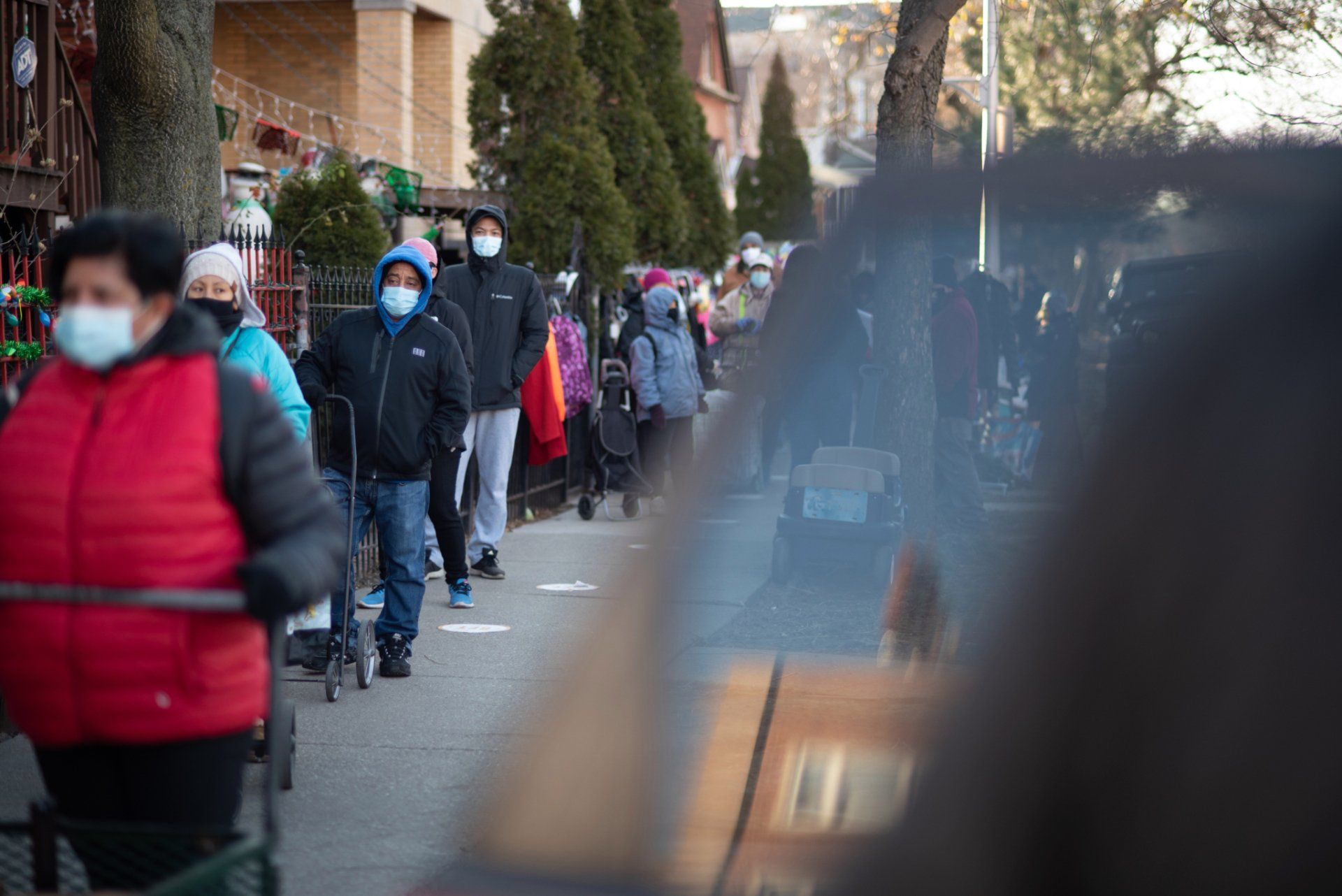
By Cathy Allen
•
January 24, 2021
It’s well known that the Covid-19 pandemic has caused serious consequences for millions of people worldwide, but the extent of those consequences closer to home is becoming alarmingly apparent. Cook County now has “the third-largest population of food-insecure people in the United States.” The increase in the number of people struggling to put enough food on their table in the area has been stretching the resources of food pantries and soup kitchens across the metropolitan area. Worst of all, it’s expected that it may take years for things to, ‘even return to pre-pandemic levels.’ For a look at what one group is doing to help alleviate this problem, go to “ Chicago is Experiencing the Biggest Hunger Crisis in Decades . ” Hunger Resource Network is committed to providing greater support than ever before across Chicagoland. Please consider a donation to Hunger Resource Network at hungerresourcenetwork.org to help us further our work. Cathy Allen Director, Hunger Resource Network
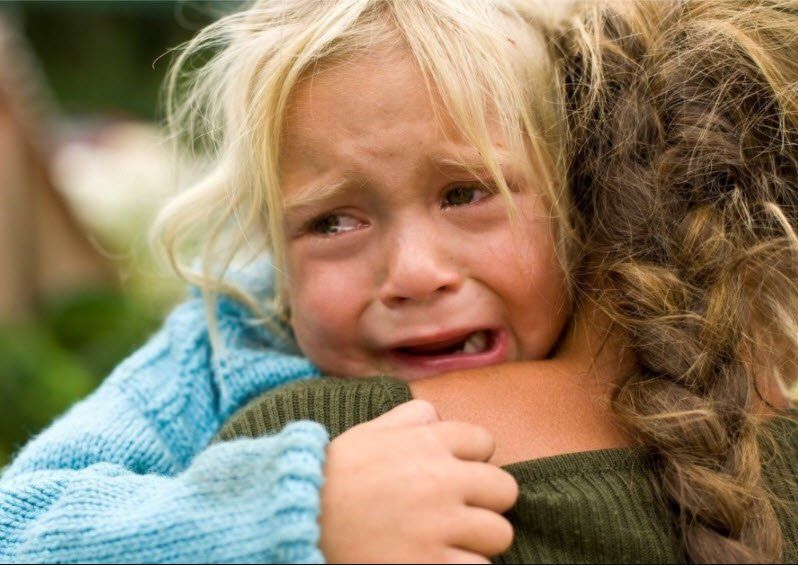
By Ron Goldblatt
•
January 5, 2021
FOR IMMEDIATE RELEASE Hunger Resource Network U.S. Food Banks Having Trouble Keeping Up with Increasing Needs NORTHBROOK, ILLINOIS (December , 2020)-Across America, the richest nation on the globe, thousands of people are going to bed hungry each night. Food bank, shelter and soup kitchen staffs in virtually every corner of America are reporting dramatic increases in the number of people in need of food. They report that this is unlike anything they have ever seen, even during The Great Recession of 2007. In some communities, the lines of cars and trucks waiting for food is causing major traffic jams and keeping families waiting for hours to receive a box or bag filled with food. It has been reported that 40% of those relying on food pantries today are doing so for the first time in their lives. The number of people relying on food banks, shelters, soup kitchens and pantries was estimated at 18 million in 2019, before the Covid-19 Pandemic struck. The number by the end of 2020 is estimated to be more than 22 million people…and 1 out of every 4 American children. Feeding America, the nation’s largest food pantry, has been forced to close 20% of its 200 locations in 2020 due to a shortage of available food. They estimate that there will be a shortage of 8 billion meals in the next 12 months. A study by the Food Resource & Action Center noted that before the Pandemic, 25% of those relying on food had incomes of $50,000 or more. Today, so many have lost their jobs that even those receiving unemployment compensation and the modest stimulus checks provided by the government, there is not enough money to feed their household and pay all of their bills--often including their mortgage or rent. Some have lost their insurance coverage and have been hit with significant healthcare bills. In response, some people are setting up Go Fund Me pages, asking for their birthday or anniversary gifts be contributions to their local food pantries. Amazon’s Smiles program donates 0.05% of participant’s purchases, on most of their products, to a charity of their choice. People are setting up food drives, clearing out their pantries of extra food items and organizations like Hunger Resource Network are stepping up their food donations and programs as much as possible. To learn more about how you can help go to www.hungerresourcenetwork.org If you are in need of food, regardless of your income, contact the Northfield Township Food Pantry at www.twp.northfield.il.us or call 847-724-8300. Hunger Resource Network is an all-volunteer, 501c3 non-profit organization based in Northbrook, IL. It is dedicated to help alleviate hunger in the Chicago area by meeting the needs of food pantries, soup kitchens and shelters.
Join The Newsletter
Newsletter Subscription
Thank you for contacting us.
We will get back to you as soon as possible.
We will get back to you as soon as possible.
Oops, there was an error sending your message.
Please try again later.
Please try again later.
© 2025
All Rights Reserved | Hunger Resource Network | Website designed by NorthShore Loyalty

